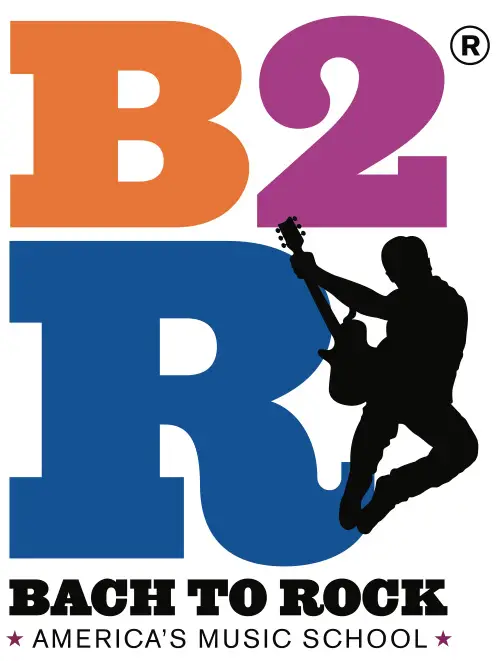Get the Best Winter Activities
“I think people get very nervous when they hear ‘conduct disorder’ because they automatically assume that this is a child who is antisocial [or] a psychopath,” Dr. Fernandez says. “I think the label can often really affect kids in terms of what schools will take them, and in terms of how they interact with peers. It’s important to think about helping these families and not automatically assuming that these kids will turn out very negatively.”
What It Means for Your Family
Conduct disorder is characterized by covert or hidden behaviors, so it helps when parents are effective in monitoring these behaviors in their children.
Treatment is effective when family members go through the sessions with the diagnosed child, which teaches not only the child, but also the parent how to better interact in challenging situations they may face every day at home.
With intervention, there is evidence of improvements in the child’s functioning, but this largely depends on getting families into treatment.
Treatment
Conduct disorder is usually managed by behavioral therapy. “The good news is that if kids are identified [with conduct disorder] then they can be involved in treatments, and right now we have what are called ‘well established treatments’ for kids with conduct problems,” Dr. Fernandez says. These treatments generally involve working with parents on specific strategies to help reduce harsh parenting, which can exacerbate conduct problems. They also work to help parents increase monitoring of their child’s behavior.
Another treatment option is multi-systemic therapy, which works with families at all levels: the parents, kids in school, and in the school environment. Peer influences can exacerbate the problems in children with conduct disorder, Dr. Fernandez explains.
There’s evidence that kids who complete these treatments can have successful outcomes and effectively improve their functioning. As with most behavior disorders, the earlier treatment starts, the better the outlook.
Get support
Conduct Disorders
“A soft place to land for the battle-weary parent”
conductdisorders.com






.jpg)

